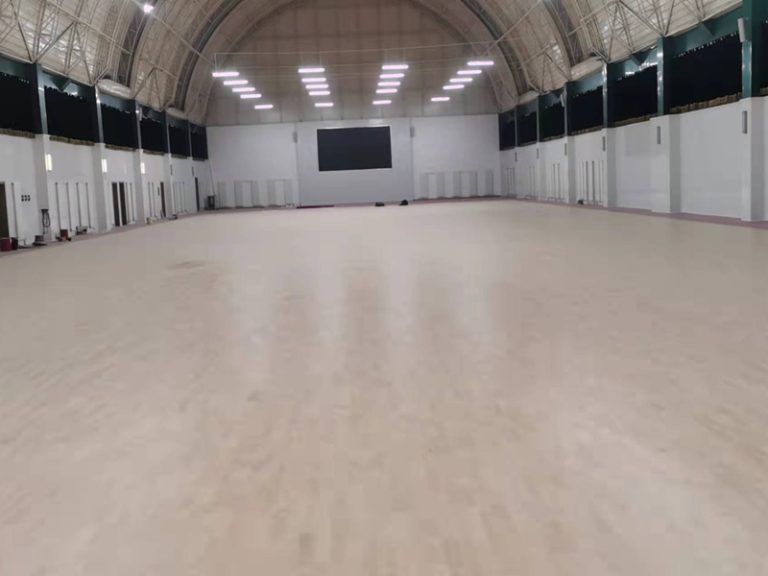When it comes to dancing, the floor beneath your feet makes all the difference. Whether you’re running a professional dance studio, hosting a special event, or setting up a competition venue, selecting the right dance floors is crucial for safety, comfort, and performance.
Here’s everything you need to know about choosing the best dance floor for your needs.
Why the Right Dance Floor Matters
Dance is a physical art that demands balance, agility, and grace. The flooring must offer:
Shock Absorption: Reduces the risk of injuries to joints and muscles
Traction Control: Allows fluid movement without slipping
Consistency: Ensures even support across the entire surface
Durability: Withstands repeated use from both amateur and professional dancers
A poor-quality floor can lead to discomfort, reduced performance, and even serious injuries.
Popular Types of Dance Floors
1. Marley Floors (Vinyl Rolls)
Best for: Ballet, contemporary, hip-hop, jazz
Features:
Provides a controlled slip surface
Lightweight and portable
Easy to roll out and store Note: Comes in various textures depending on the dance style.
2. Sprung Floors
Best for: Ballet, ballroom, contemporary
Features:
Offers excellent shock absorption
Minimizes stress on knees and ankles
Ideal for full-time studios and professional spaces
Note: More expensive but essential for serious dancers.
3. Hardwood Dance Floors
Best for: Ballroom, tap, Latin dance
Features:
Traditional and professional appearance
Allows for quick foot movements and sound amplification (especially for tap)
Highly durable when maintained properly
Note: Needs refinishing over time to retain its beauty.
4. Modular Portable Floors
Best for: Events, weddings, temporary setups
Features:
Easy to install and remove
Available in wood-look, black, or white finishes
Customizable in size to fit any venue
Note: Great for rental businesses and event planners.
How to Choose the Right Dance Floor
Dance Style: Different dances require specific traction and surface softness.
Location: Will it be used indoors or outdoors? Permanent or temporary?
Budget: Modular and vinyl floors are more affordable than hardwood or sprung options.
Portability: Portable floors are essential for traveling performances or events.
Maintenance Requirements: Some floors demand regular care, while others are low-maintenance.
Installation Tips
Level Surface: Always install on a flat, stable base.
Underlay Systems: Use cushioning layers under vinyl or hardwood floors for extra shock absorption.
Secure Edges: Prevent trips and slips by properly securing the edges of portable floors.
Climate Considerations: For wood floors, control humidity to avoid warping.
Maintaining Dance Floors
Daily: Sweep and dry mop to remove dust and debris.
Weekly: Use a gentle, pH-neutral cleaner suitable for the material.
Periodic Checks: Inspect for wear, especially at seams and high-traffic areas.
Deep Cleaning: Schedule deep cleans and re-polishing (for hardwood) annually or biannually.
Final Thoughts
Choosing the right dance floors ensures dancers can perform at their best while reducing the risk of injury. Whether you need a permanent sprung system for a ballet academy or a portable floor for a weekend wedding, the right flooring sets the stage for success.
Select materials based on the style of dance, environment, and budget, and don’t underestimate the importance of professional installation and proper maintenance. A great dance floor doesn’t just support movement—it inspires it.


